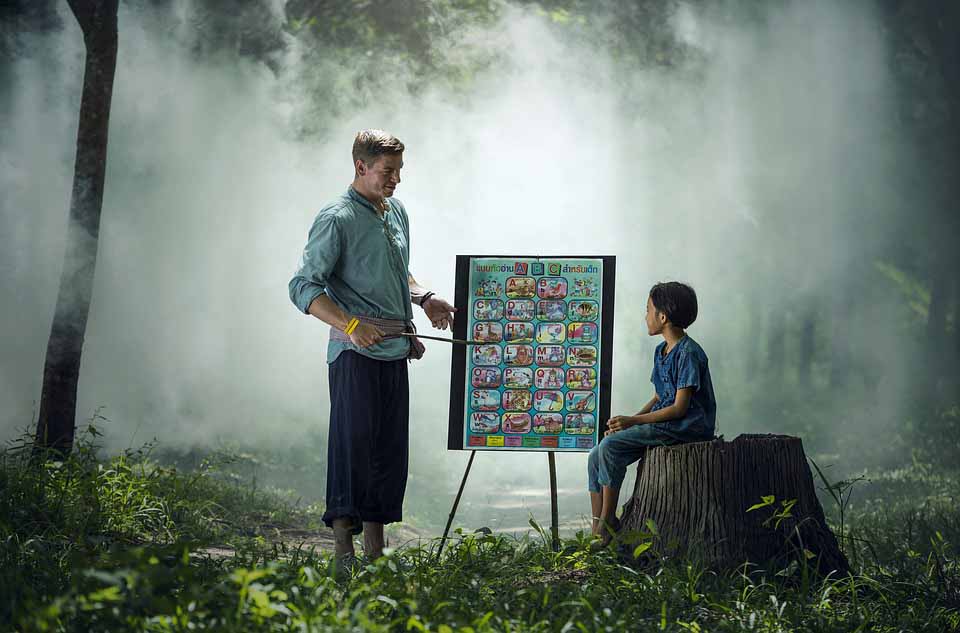Overcoming A Dislike For Learning With Drama

As teachers all of us recognize that attempting to instruct an uninspired child resembles hitting one’s head versus a solid wall. With considerably young children we rarely find this issue as a lot of kindergarten and primary school English enrichment class children are motivated by curiosity and fondness to discover new ideas. Regretfully, as a child gets older, learning is commonly viewed as a chore.
Let’s consider a few of the reason children end up being de-motivated and see if the utilization of theatre could be a variable in overcoming them. The child’s experience of triumph or disappointment has a significant impact on his inspiration to discover.
Building newfound confidence in language
If kids repetitively fail, even when they have put a large amount of initiative into their learning, they are likely to commence future endeavours with a lack of confidence. Utilizing theatre as a teaching approach and with the right choice of play and roles, there is no reason all children cannot enjoy success.
Obviously, then, the active involvement called for in a theatre lesson involves not only the intelligence but also kids’ creative imagination and feelings. By urging self-expression, theatre inspires children to use language confidently and artistically.
Having fun through improvisation
Improvisation activities take the “Yes, and …” strategy to the next level. They are exceptionally fun, and help establish energy and nourish imagination. They are terrific lead-ins to ideation, acting out acts in plays and group work.
Position four chairs in front of the class. Two will be the forward seat of the car, and 2 are the rear. Place three volunteers in the vehicle, 2 in the front seat and 2 in the back. Naturally the front left person is driving the automobile. Request them to cruise for a few minutes, and afterwards pick out an additional volunteer “hitchhiking,” and pick him or her up.
When the extra person gets in the car, they select an emotion– happy, bitter, tired, upset, whatever they like– and behave in that way. The other students in the automobile should sense and perform the feeling as well. So, if the person who gets in the automobile is behaving tired, for instance, the chauffeur could begin sagging in her seat, slapping herself to assist herself stay awake, etc
Let them do this for a brief amount of time (thirty seconds to one minute), and then have the car halt to pick up an additional hitchhiker. Those currently in the car ought to alternate positions; the vehicle driver will leave the car, the front passenger jumps over, one of the rear seats’ guests ought to move up front, and the previous hitchhiker jumps over a position.




